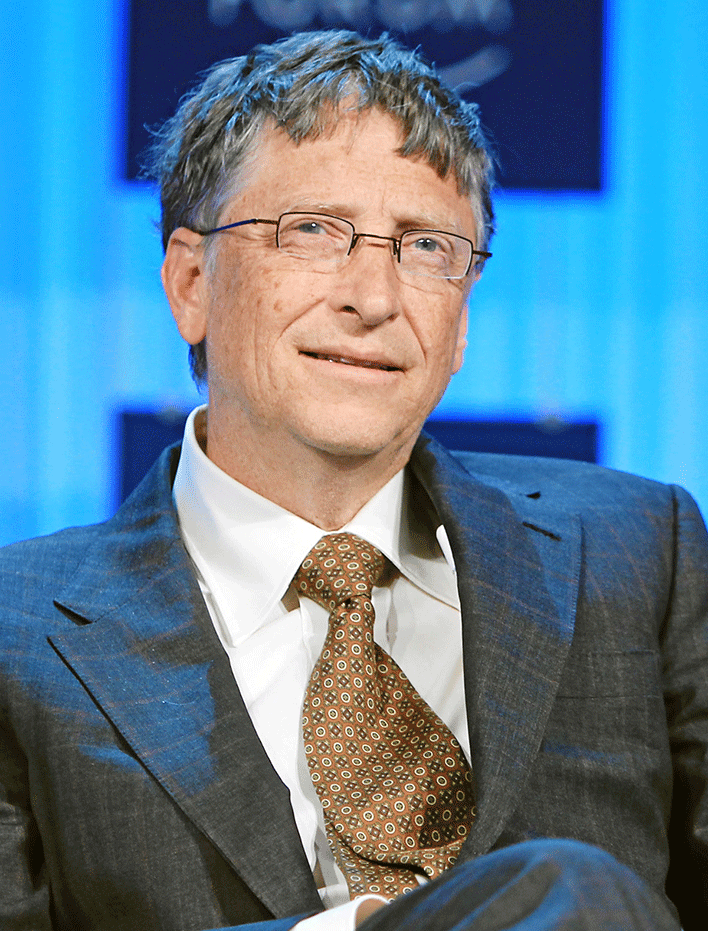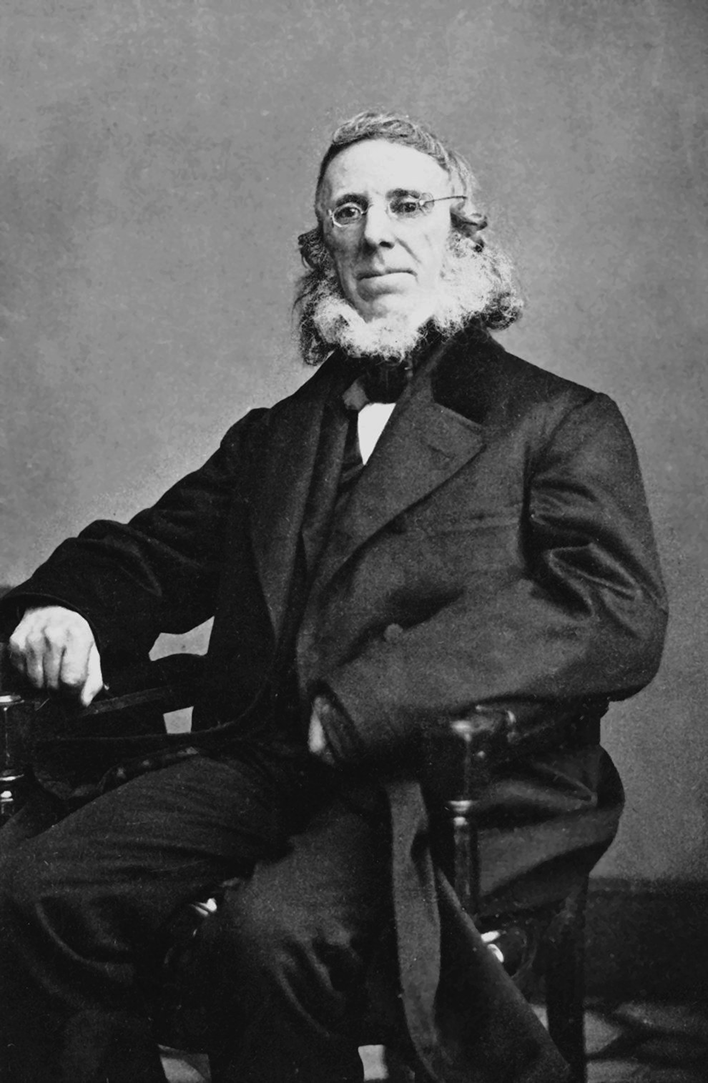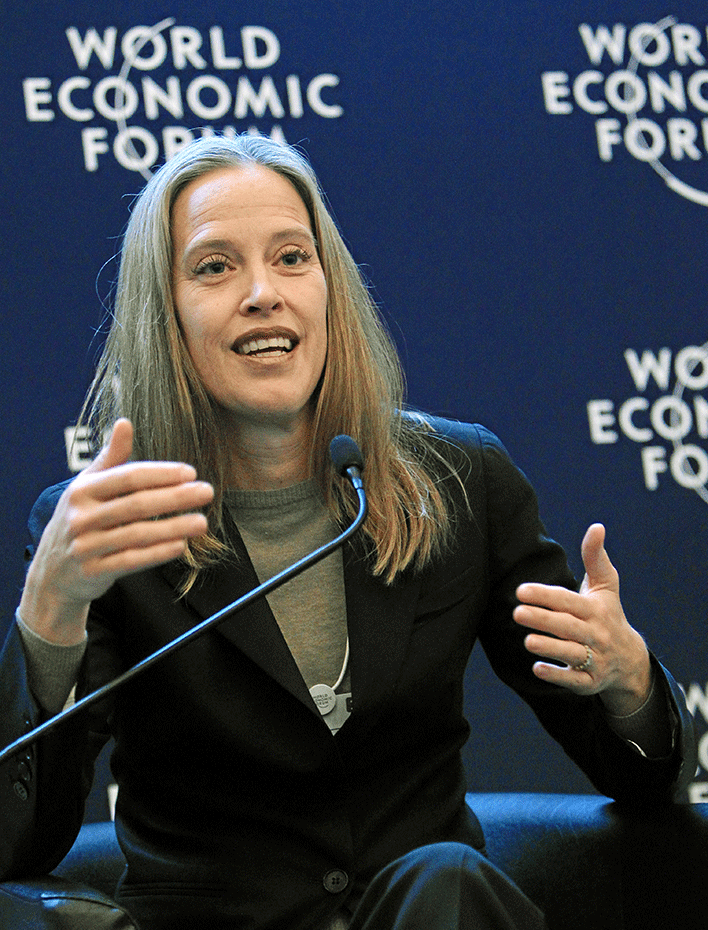Measuring Man

Bill Gates
“In the past year,” writes Bill Gates in the Wall Street Journal, “I have been struck by how important measurement is to improving the human condition. You can achieve incredible progress if you set a clear goal and find a measure that will drive progress toward that goal.” Gates invokes the example of the micrometer, a small instrument that could gauge tiny distances. Its invention made measuring a steam engine’s energy output possible. The knowledge gained from that one measurement precipitated a cascade of innovations. So too, writes Gates, will philanthropy benefit from finding the right metrics. “This may seem basic,” he notes, “but it is amazing how often it is not done and how hard it is to get right.” (Gates specifically dings foreign-aid budgets that focus on dollars spent rather than outcomes achieved, as well as college rankings that measure the quality of admitted students rather than the value added by the institution.) “The process I have described,” concludes Gates, “setting clear goals, choosing an approach, measuring results, and then using those measurements to continually refine our approach—helps us to deliver tools and services to everybody who will benefit, be they students in the U.S. or mothers in Africa.”
To Be Free, or Not to Be?

Peter Cooper’s signature philanthropic creation—the Cooper Union—has always held a special place in American education. Devoted exclusively to the fine arts, architecture, and engineering, the Union has been tuition-free throughout its 154-year history, thanks to the generosity of Cooper and subsequent donors. (And thanks also to the massive appreciation of Manhattan real estate, of which the Union owns quite a bit.) Even so, the Union’s endowment has fallen on hard times, and the school is losing $12 million annually, or about one-fifth of its budget. As this magazine went to press, the Union’s board was voting on whether to charge tuition to undergraduates, and there was real concern over the extent to which the plan would violate Peter Cooper’s donor intent. Certainly Cooper had a strong bias against charging tuition; the legal document deeding the Union’s building called for courses to be “free to all who shall attend the same.” (In an 1859 letter to the Union’s trustees, he further insisted that courses “be open and free to all that can bring a certificate of good moral character.”) Would Cooper have preferred that the Union close its doors rather than charge tuition? And subsequent donors, including Andrew Carnegie and J. P. Morgan—what would they think? As the board grapples with the question, it would do well to be governed by the wishes of the donors who have made the school’s existence possible—foremost among them, Peter Cooper.
Unstoppable Kopp

Wendy Kopp
Wendy Kopp wrote a 172-page senior thesis at Princeton. In it, she sketched out a vision for a national corps of highly motivated recent college grads who would commit two years to teaching in rural and inner-city schools. It was 1989, and all she needed, she explained to her advisor, was $2.5 million. (“Do you know how hard it is to raise twenty-five hundred dollars?” he sputtered; nevertheless, he gave her an A.) Undeterred, Kopp found a way. Starting with Ross Perot—who gave $500,000—she convinced donors to back her big idea, and Teach For America launched in 1990 with 500 corps members. The idea spread, but by 2000, TFA had only doubled its corps. The late Don Fisher, founder of the Gap clothing chain, knew that TFA corps members were relentlessly dedicated to raising student achievement. He challenged Kopp to do more, and backed up his prodding with funding. Don and his wife, Doris, gave TFA tens of millions of dollars, and TFA grew to more than 7,000 corps members in less than a decade. In March, Kopp stepped down as CEO of TFA and assumed the chairmanship of its board. She was the subject of many glowing tributes in the Washington Post, the New York Times, and other major outlets. But lost in most of the coverage was the crucial role of strategic funding in bringing Kopp’s vision to life. Honor and praise to Kopp is appropriate—as is gratitude to the philanthropists who have long supported her.
The Mathemagician

Harmony of the Spheres, the Museum of Mathematics
Glen Whitney loves math. As a teenager, he went to math camp; by the time his age equaled the smallest sphenic number (30), he was a math professor at the University of Michigan. In 1997, he was invited to join Renaissance Technologies, a famously quant-friendly hedge fund created by James Simons, who has himself made important contributions to three-dimensional topological quantum field theory—plus $12 billion. In 2008, Whitney left finance to work on solving a different problem: making math cool. In December, 5 years and $30 million later, he opened MoMath, the Museum of Mathematics. Manhattan’s newest museum is designed for students in fourth through eighth grade, and is rich with interactive exhibits, including a square-wheeled tricycle that museum-goers can ride smoothly across an undulating track. Whitney’s thinking, quips Nick Paumgarten in the New Yorker, seems to go “something like this: for the variables of Expertise (E), Computational Power (CP), Capital (C), Risk (R), Altruism (A), Obsession (O), Indifference (I),”

We trust his numbers.
A-billion-lumnus
Michael Bloomberg was, by his own admission, a “mediocre student in college.” He enjoyed his time at Johns Hopkins—“I just thought I’d died and gone to heaven,” he told the New York Times—but quickly realized that his talents were neither in the classroom nor the laboratory. Rather, it was at Hopkins that he discovered a gift for leadership. By the time he graduated in 1964, Bloomberg had served as president of his fraternity, of the inter-fraternity council, and of the senior class. A year after he graduated, Bloomberg made his first donation—a check for $5—to his alma mater. Since then, he has given abundantly of his time and resources to the school. (Bloomberg served as chairman of the university’s board from 1996 to 2002, and made it a point to visit the campus one day out of every week.) In January, he wrote his largest check yet, for $350 million. It was the largest contribution the school had ever received, and marked the culmination of four decades of Bloomberg’s support. In all, he has donated about $1.1 billion to Hopkins, making Bloomberg the largest single funder of any school in American history.
The Virtuous Cycle
Bloomberg’s generosity to Johns Hopkins calls to mind another point about American philanthropy. It is striking that many of the world’s finest universities bear the names of businessmen—John Harvard and Elihu Yale, John D. Rockefeller and James B. Duke, Andrew Carnegie and Andrew Mellon. Yet the names on the schools conceal the depth of generosity that keeps these institutions healthy. For every Johns Hopkins, there is a Mary Elizabeth Garrett or a Michael Bloomberg. Chuck Feeney has given $1 billion to the university that bears Ezra Cornell’s name. Leland Stanford’s legacy has been greatly enlarged by the generosity of grateful alumni like Herbert Hoover, Bill Hewlett, and David Packard. It’s a characteristically American tale of philanthropic renewal: wealth creates generosity, generosity creates opportunity, and opportunity creates more wealth. Long may it continue.
The Shining City
Albert Lexie has shined shoes for more than 50 years. For the last three decades, he’s been the shoeshine man at Children’s Hospital of Pittsburgh. He charges $5 a shine, and tips are always welcome. “Most of them give $6, some of them give $7,” Lexie says, his eyes twinkling under a thatch of gray hair. “I had a doctor who gave me a $50 bill for Christmas!” Those tips don’t stay in his pocket for long. Lexie donates every cent of every tip to the hospital’s Free Care Fund, where it benefits families who cannot afford to pay for treatment. “I think he does it because he loves the kids,” says physician Joseph Carcillo. Since 1981, Lexie has donated a total of $200,000 to Children’s Hospital—more than a third of his lifetime salary. His generosity is remarkable, but perhaps not surprising. American generosity is the envy of the world, and expresses itself in $300 billion in annual charitable giving. Most of it comes from the toil and sacrifice of ordinary citizens. Men like Albert Lexie, unsung and unknown, fulfill the promise of America, and make this nation a shining city upon the hill, with the eyes of all mankind upon us.
